BuckleyGrayYeoman refurbish Herbal House in Clerkenwell
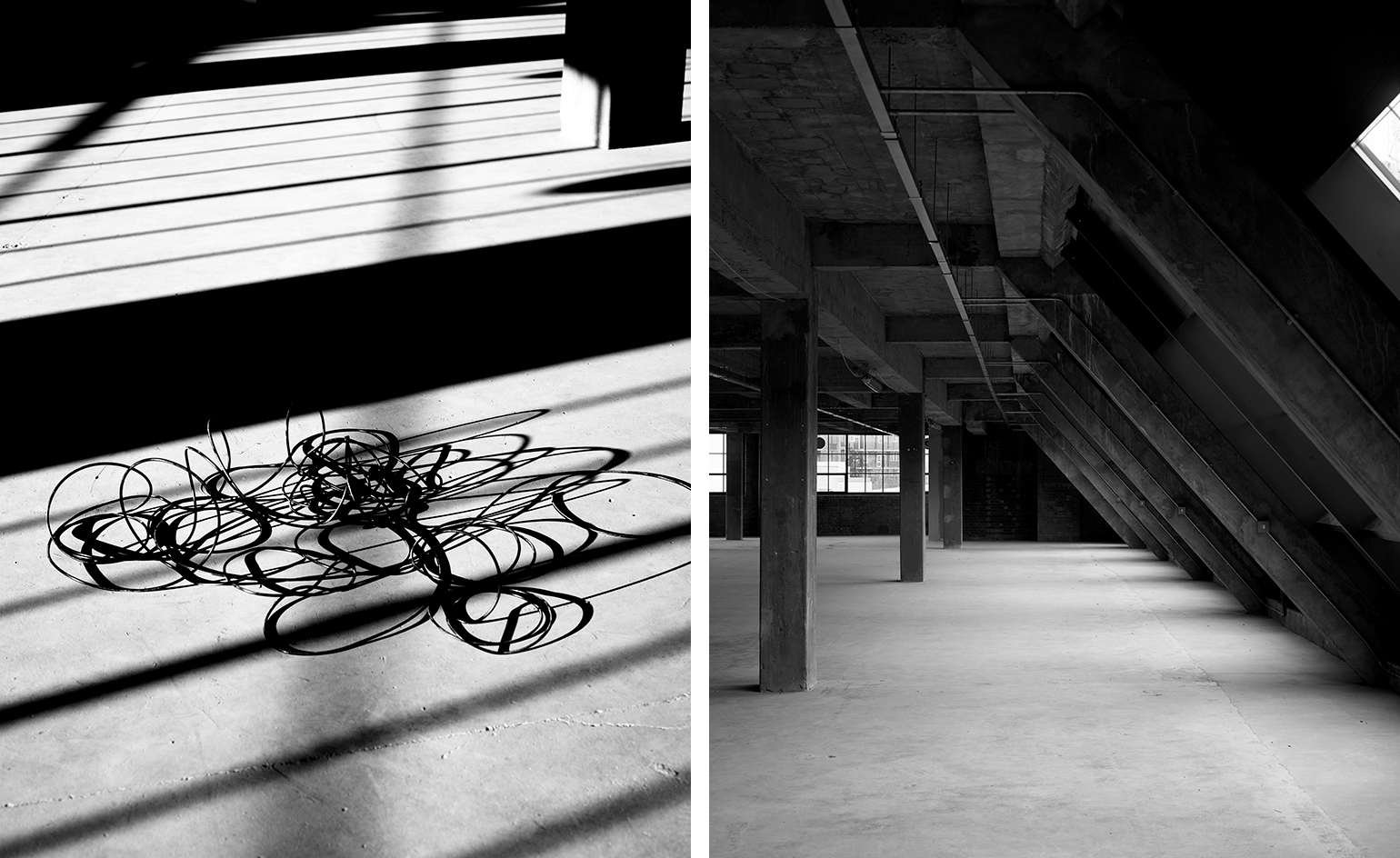
In Clerkenwell, a historic printworks has received a contemporary refurbishment and upgrade from Shoreditch-based architecture practice BuckleyGrayYeoman.
The vast 115,000 sq ft space stretches across ten floors, two of which were added on with a steel-clad rooftop extension by the architects. The space will soon be filled with the creative-tech-type businesses that flock to the Silcon Roundabout hub for its connectivity and kudos. And at the top, six duplex apartments will have roof terraces and private access.
‘The size of this former print works has offered us the scope to create a lively and characterful focal point for the working life of the area, which is being transformed by the imminent arrival of the Elizabeth Line,’ says Matt Yeoman, Director of BuckleyGrayYeoman.

The vast atrium space at Herbal House in Clerkenwell.
BuckleyGrayYeoman retained the industrial character of the printworks that was originally constructed in 1928 for the Daily Mirror. Yet its use evolved from tabloid turnover, to artistic production, as the building later became part of Central St Martins College of Art and the London College of Printing. The design stripped back the buiding to its original materials revealing original brickwork and stone detailing.
While the existing loading bay was converted to create a triple-height space that extends up from the basement, linking the ground floor and upper ground spaces together. In the spirit of the legacy of the printworks, the original Crittal windows were replaced with visually similar contemporary versions. While new additions included a new circulation core and a new vertical lightwell that brings natural light through the centre of the building down to the lower levels.
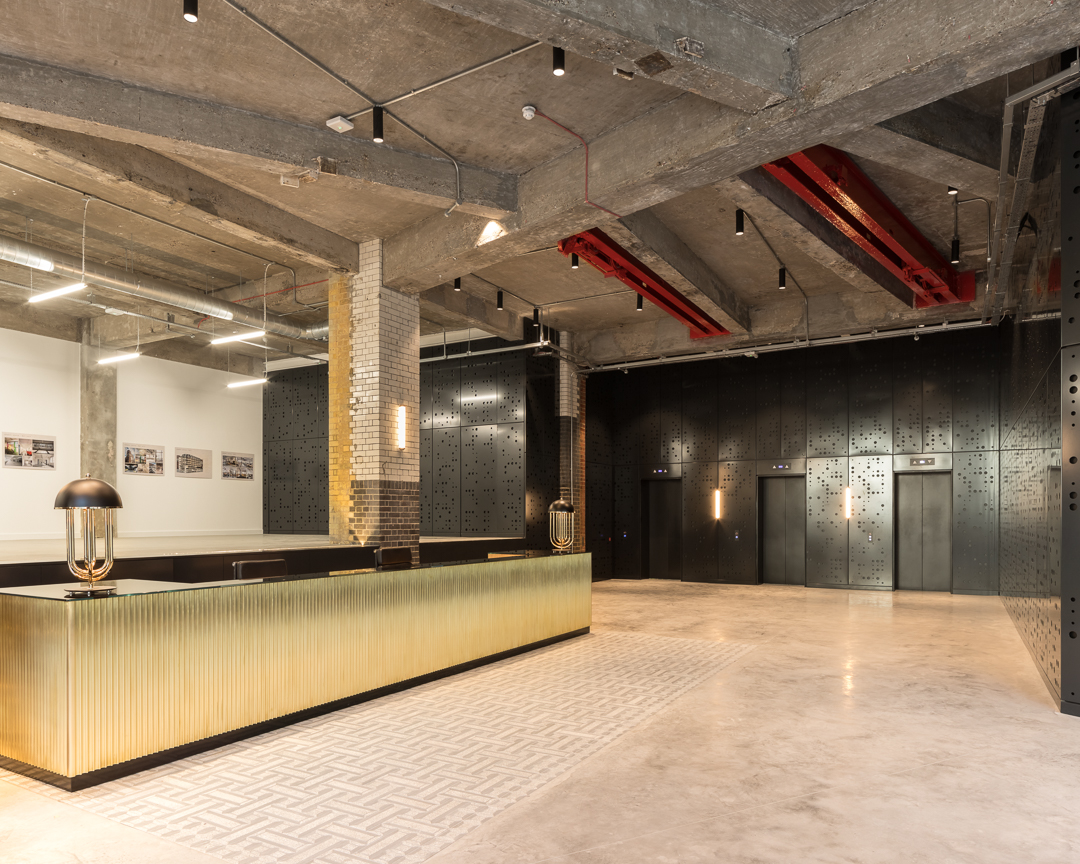
The entrance foyer at Herbal House.
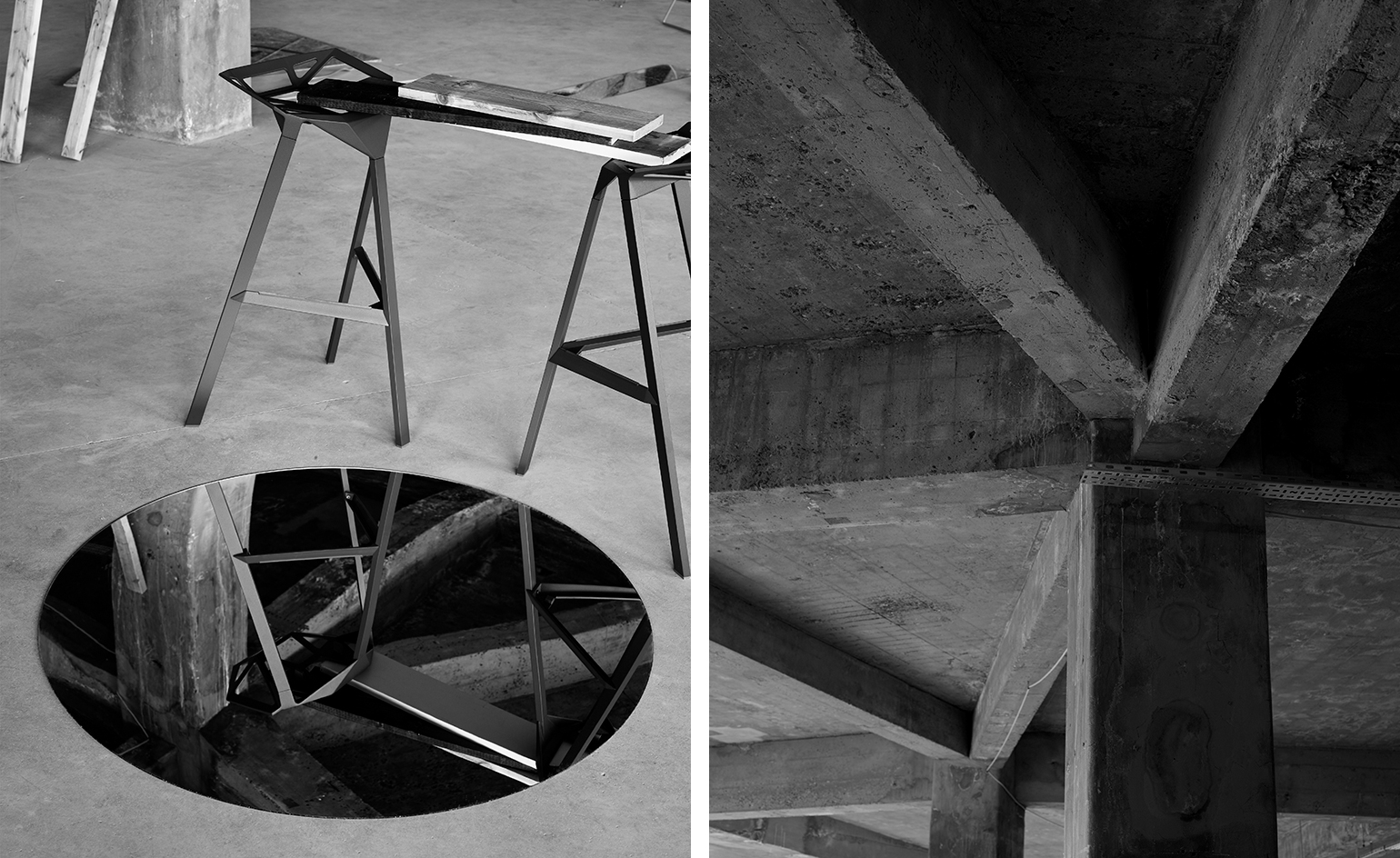
Left: ‘Stool_One’, £247 each by Konstantin Grcic, for Magis
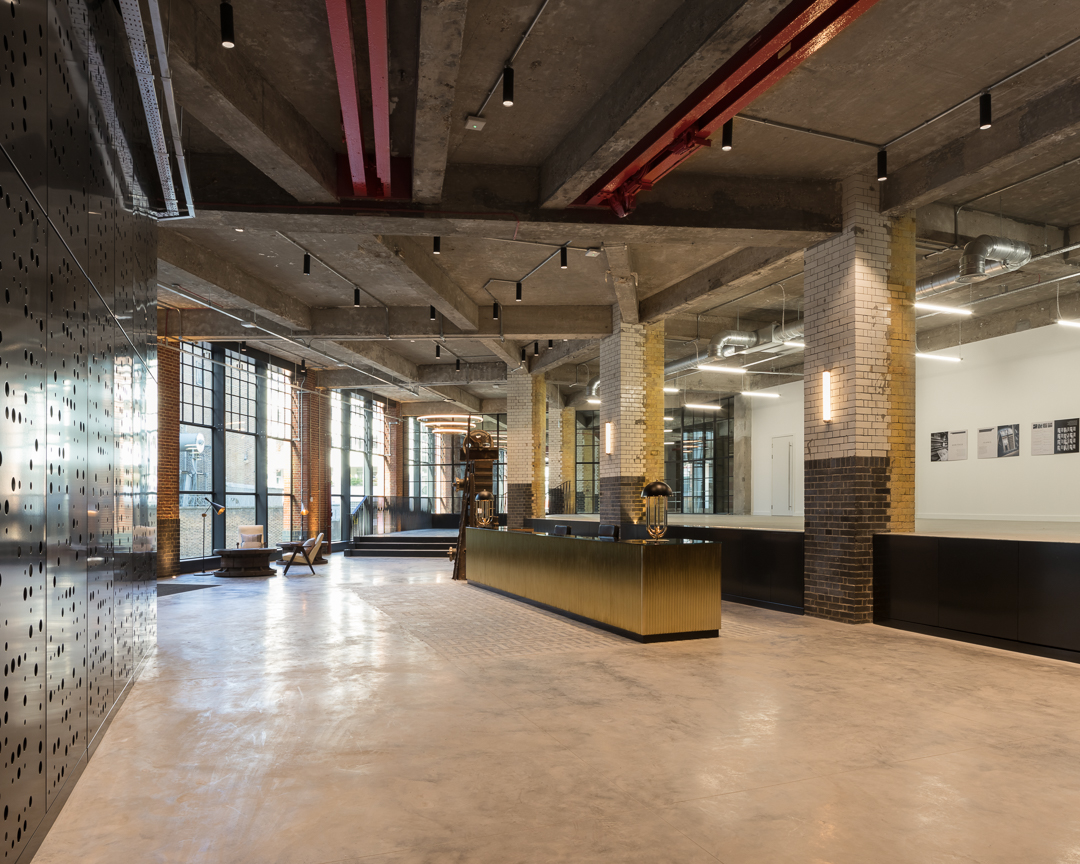
Herbal House interiors
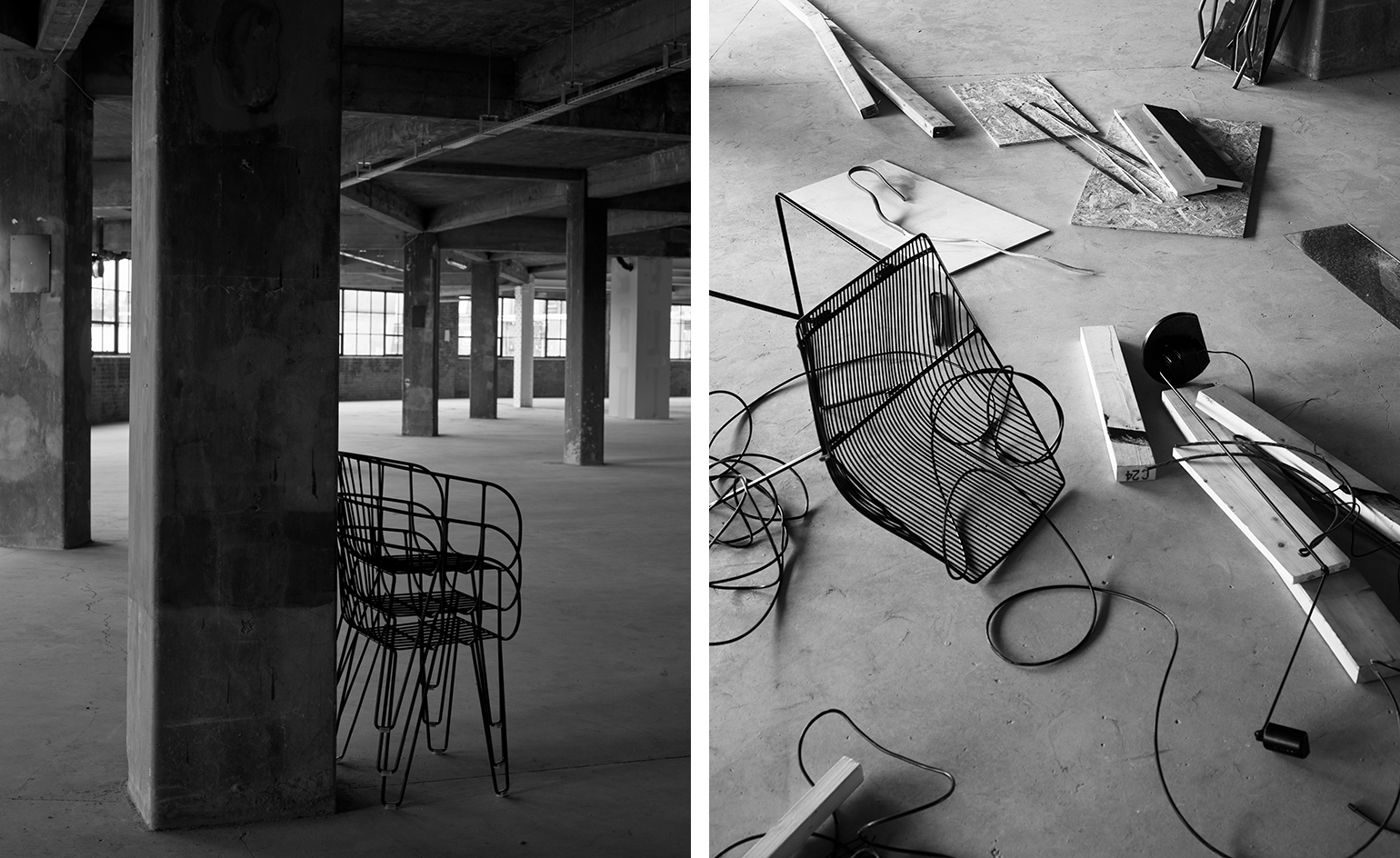
Left: ‘OLIVO’ armchair, £220, by iSimar (left shot) ‘Bunny Lounger: Special Edition’ in Black and Grey, $480, by Bend Goods. Right: ’Daphine LED floor lamp’, £497, by Tommaso Cimini for Lumina, from Aram Store.


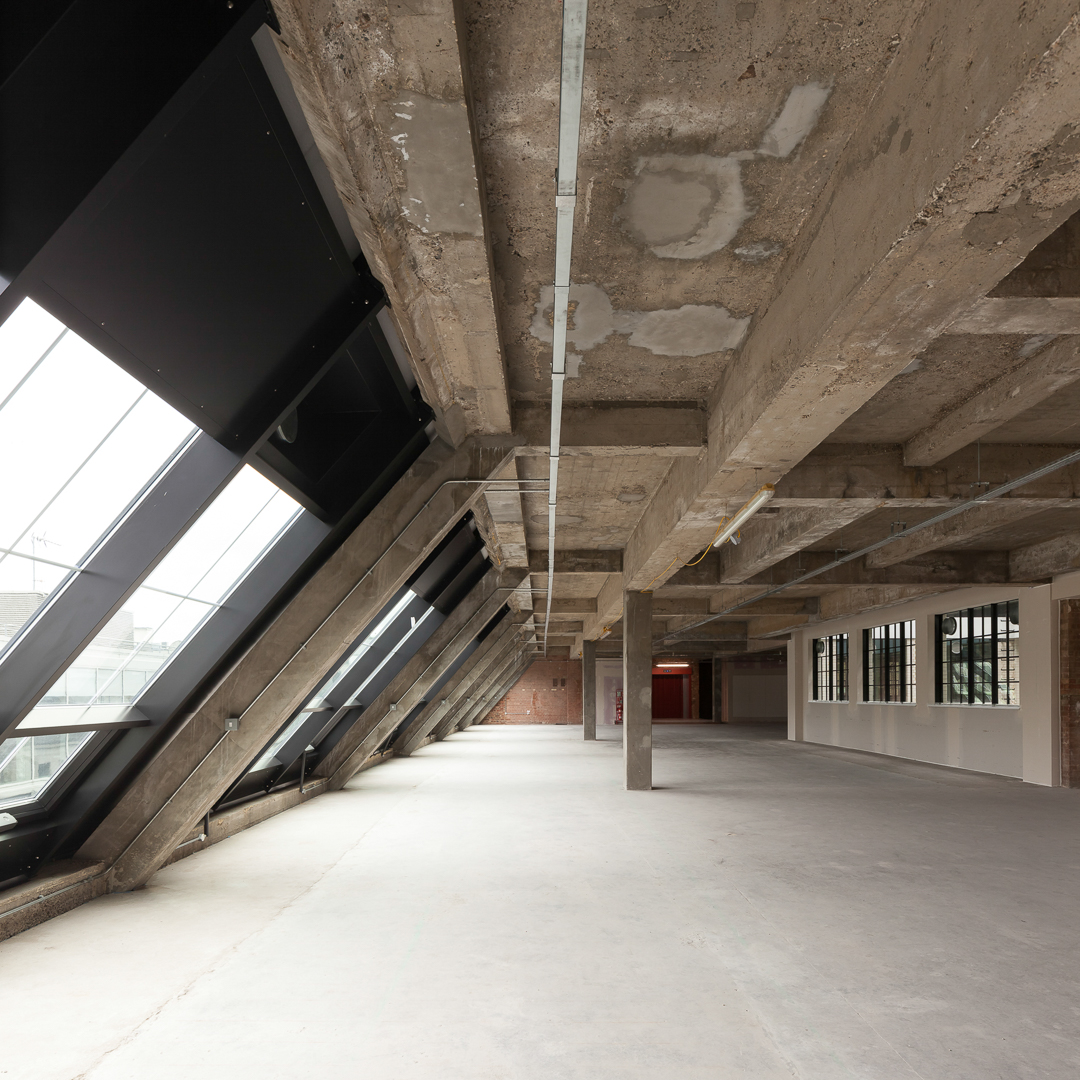

INFORMATION
For more information, visit the BuckleyGrayYeoman website
Receive our daily digest of inspiration, escapism and design stories from around the world direct to your inbox.
Harriet Thorpe is a writer, journalist and editor covering architecture, design and culture, with particular interest in sustainability, 20th-century architecture and community. After studying History of Art at the School of Oriental and African Studies (SOAS) and Journalism at City University in London, she developed her interest in architecture working at Wallpaper* magazine and today contributes to Wallpaper*, The World of Interiors and Icon magazine, amongst other titles. She is author of The Sustainable City (2022, Hoxton Mini Press), a book about sustainable architecture in London, and the Modern Cambridge Map (2023, Blue Crow Media), a map of 20th-century architecture in Cambridge, the city where she grew up.
-
 Form... and flavour? The best design-led restaurant debuts of 2025
Form... and flavour? The best design-led restaurant debuts of 2025A Wallpaper* edit of the restaurant interiors that shaped how we ate, gathered and lingered this year
-
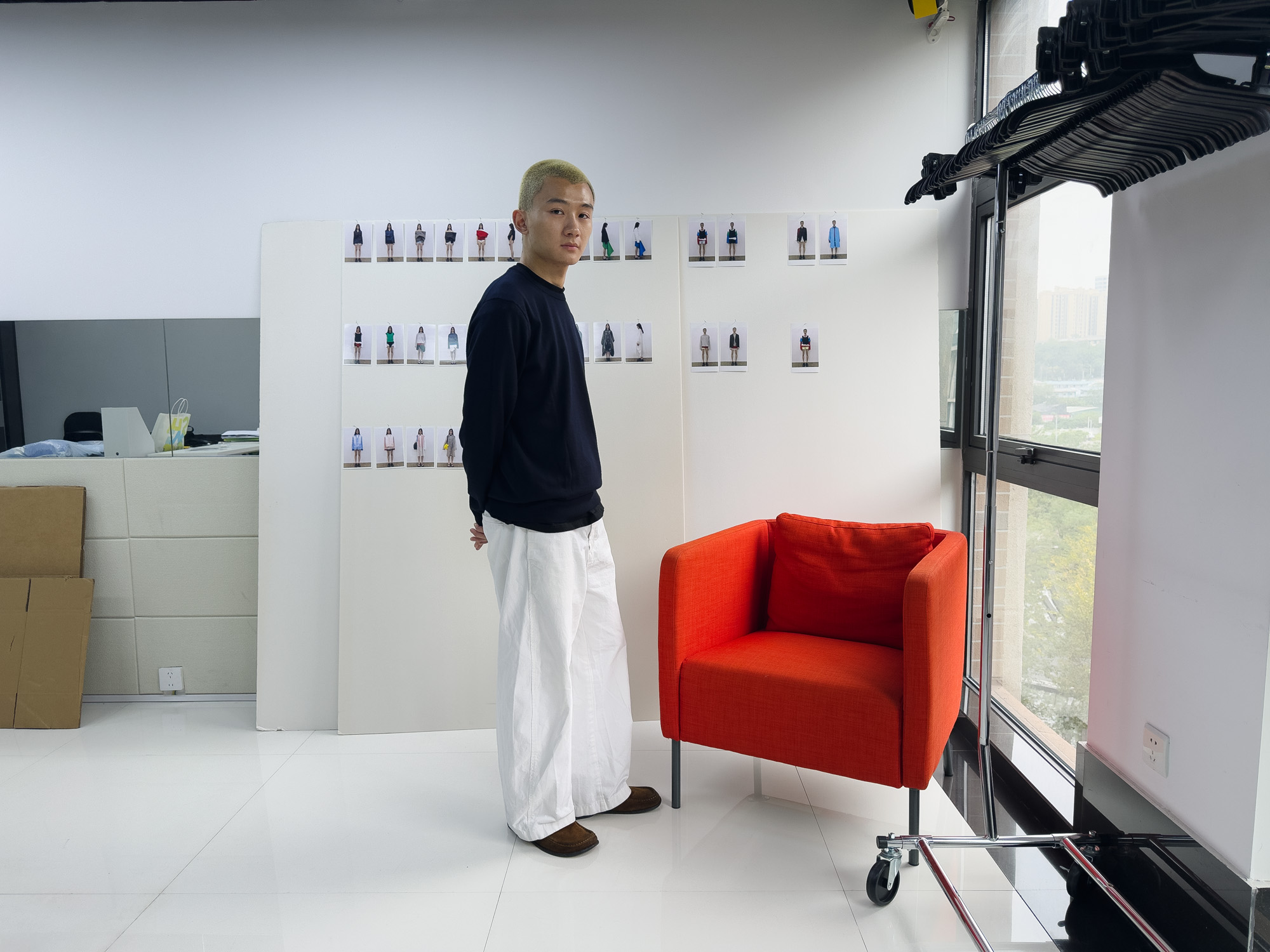 The rising style stars of 2026: Zane Li, fashion’s new minimalist
The rising style stars of 2026: Zane Li, fashion’s new minimalistAs part of the January 2026 Next Generation issue of Wallpaper*, we meet fashion’s next generation. First up, Zane Li, whose New York-based label LII is marrying minimalism with architectural construction and a vivid use of colour
-
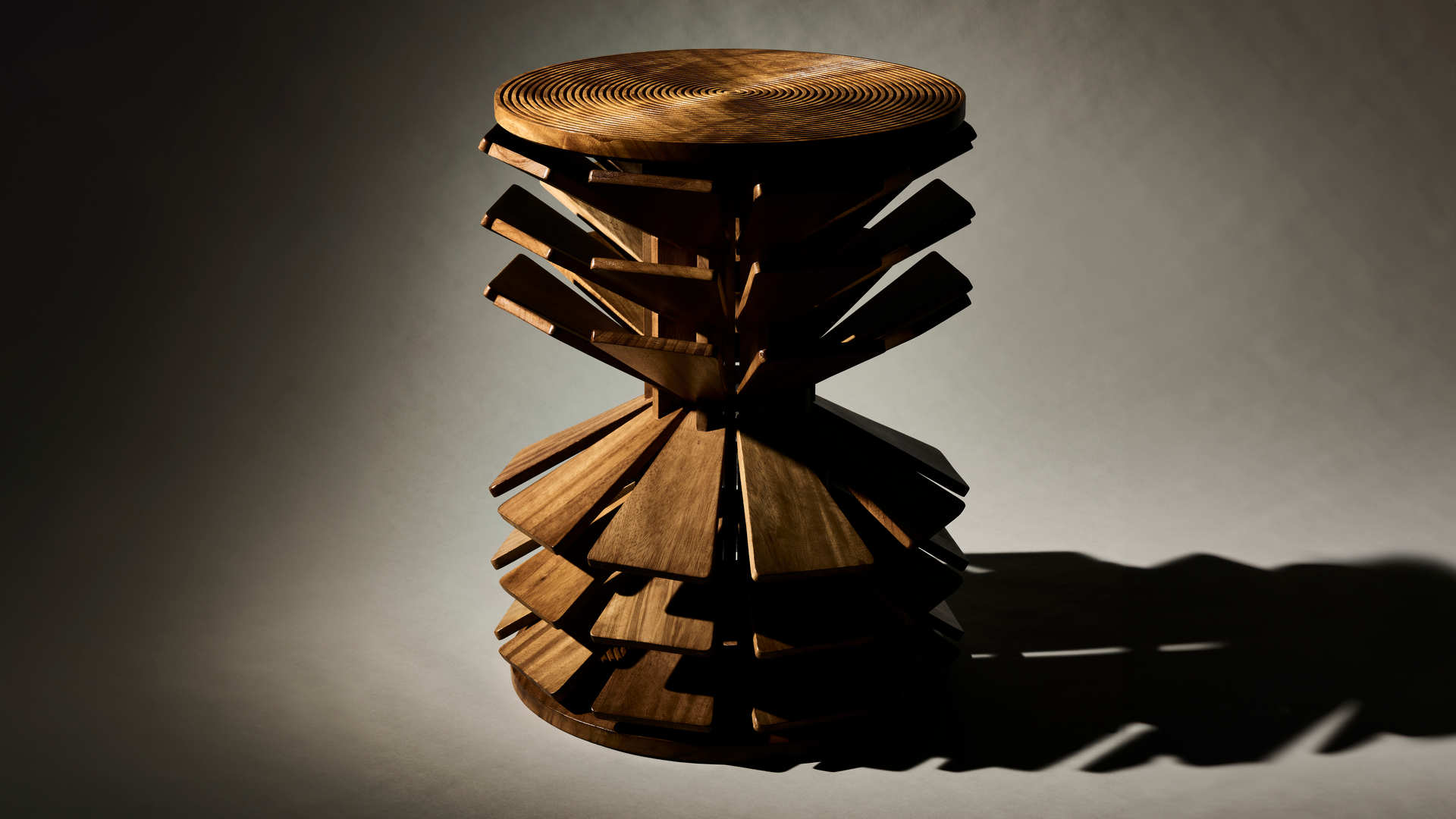 The work of Salù Iwadi Studio reclaims African perspectives with a global outlook
The work of Salù Iwadi Studio reclaims African perspectives with a global outlookWallpaper* Future Icons: based between Lagos and Dakar, Toluwalase Rufai and Sandia Nassila of Salù Iwadi Studio are inspired by the improvisational nature of African contemporary design